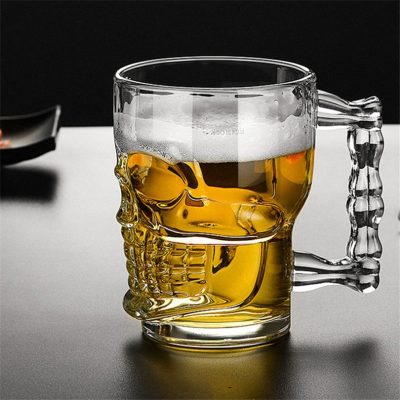
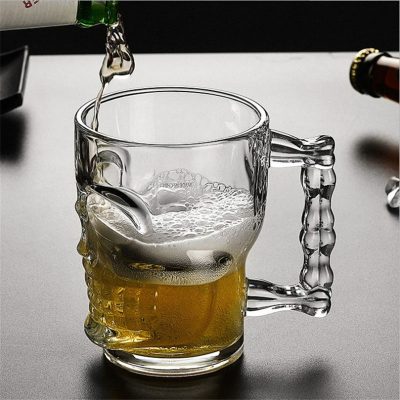
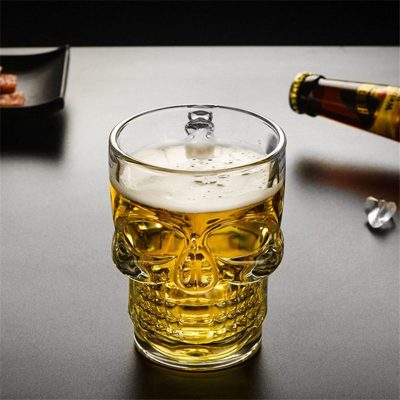
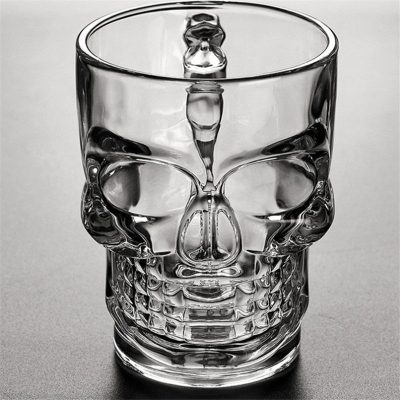
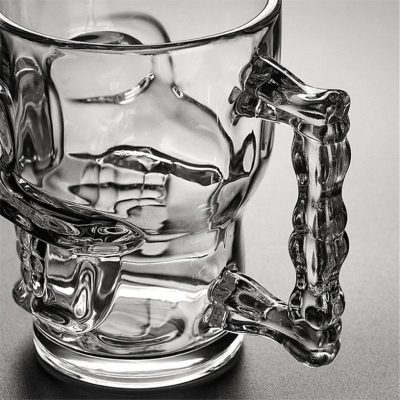
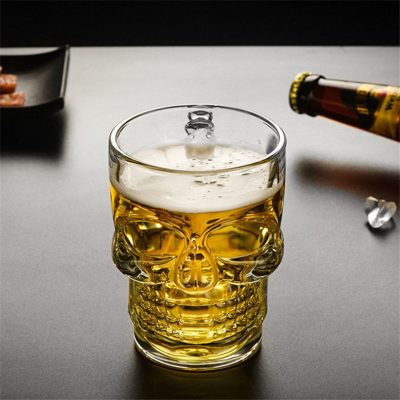
| Name | Glass Mugs |
| Material | Borosilicate Glass |
| Color | Clear |
| Capacity | 250ml |
| Carft | Handmade/Mouth blown |
| Logo | Customized as customer’s requirement |
| Packaing | Standard package or according to customers’ requirement |
| Delivery Time | 25 days |
| Sample Lead Time | 1.Available sample: within 5 days after confirmation 2.New sample:within 10 days after receiving the sample fee |
| Other | Size and capacity can be customized as client’s requirements |
| Quality | BPA Free,LFGB |
A mug is a type of mug, referring to a mug with a large handle. Because the English name of mug is mug, it is translated into mug. The mug is a kind of home-made cup, which is generally used for hot drinks such as milk, coffee and tea. Some western countries also have the habit of drinking soup with mugs during work breaks. The cup body is generally standard cylindrical or quasi-cylindrical, and there is a handle on one side of the cup body. The shape of the handle of the mug is usually half ring, usually made of pure porcelain, glazed porcelain, glass, stainless steel or plastic. There are also a few mugs made of natural stone, which are generally expensive. Glass is an amorphous inorganic nonmetallic material, which is generally made with a variety of inorganic minerals (such as quartz sand, borax, boric acid, barite, barium carbonate, limestone, feldspar, soda ash, etc.) as the main raw materials, and a small amount of auxiliary raw materials. Its main components are silicon dioxide and other oxides. The chemical composition of ordinary glass is Na2SiO3, CaSiO3, SiO2 or Na2O · CaO · 6SiO2, etc. The main composition is silicate double salt, which is an amorphous solid with irregular structure.
General glass is a kind of amorphous solid with irregular structure (from a microscopic point of view, glass is also a liquid). Its molecules do not have long-range order in space like crystals, but have short-range order like liquids. Glass maintains a specific shape like a solid, unlike liquid, which flows with the action of gravity. Glass is generally divided into oxide glass and non-oxide glass according to its main composition. There are few kinds and quantities of non-oxide glass, mainly chalcogenide glass and halide glass. The anions of chalcogenide glasses are mainly sulfur, selenium, tellurium, etc. They can cut off short wavelength light lines and pass through yellow and red light, as well as near and far infrared light, with low resistance and switching and memory characteristics. Halide glass has low refractive index and dispersion, and is often used as optical glass.








